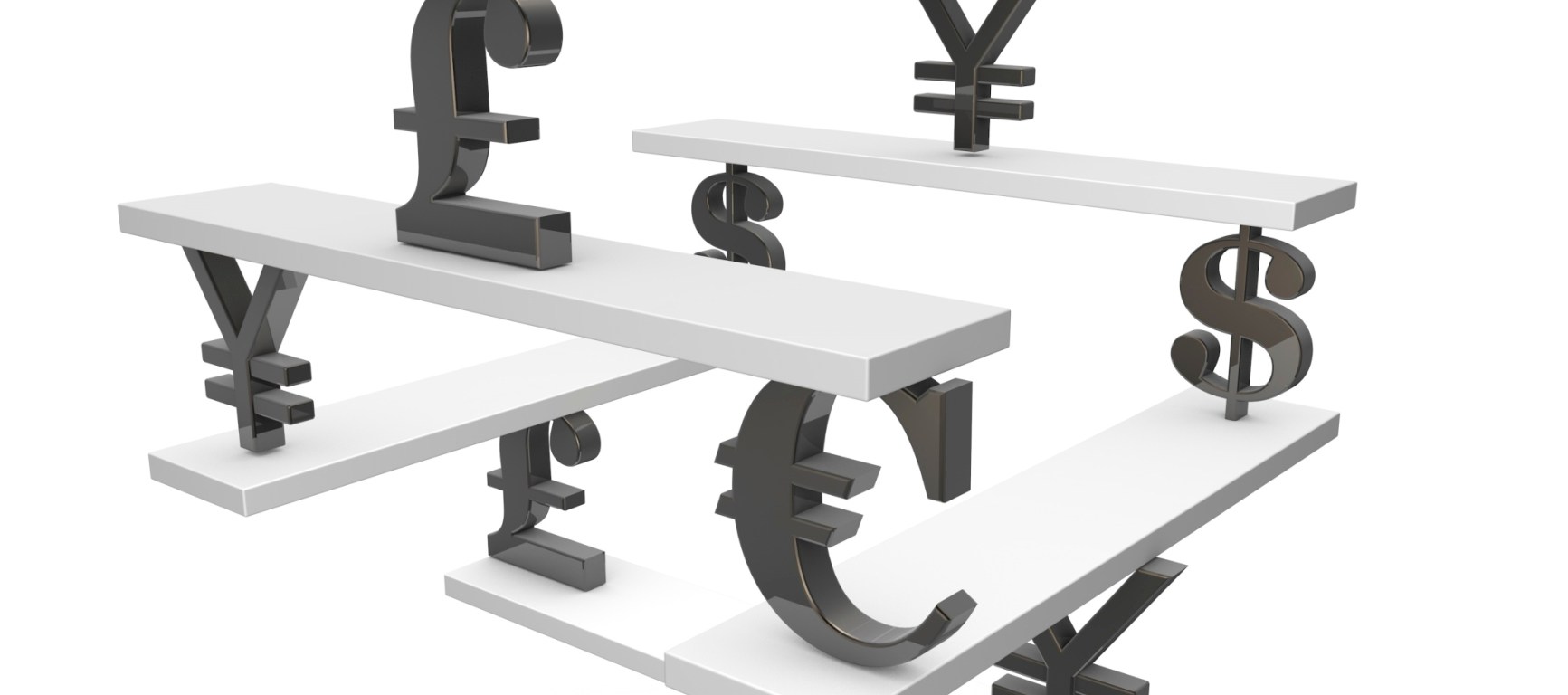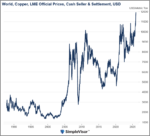- Press reports suggest that the mood in Beijing is pessimistic after President Trump pushed back against tariff rollbacks
- Fed Chair Powell met with President Trump and Treasury Secretary Mnuchin yesterday
- Hungary is expected to keep rates steady; the deadline to form a government in Israel is fast approaching
- RBA released dovish minutes from its November policy meeting
 The dollar is mostly firmer against the majors as markets await fresh drivers. Kiwi and Stockie are outperforming, while sterling and Swissie are underperforming. EM currencies are mixed. ZAR and TRY are outperforming, while PHP and KRW are underperforming. MSCI Asia Pacific was up 0.2% on the day, with the Nikkei falling 0.5%. MSCI EM is up 0.5% so far today, with the Shanghai Composite rising 0.9%. Euro Stoxx 600 is up 0.7% near midday, while US futures are pointing to a higher open. 10-year UST yields are flat at 1.82%, while the 3-month to 10-year spread has risen 1 bp to +27 bp. Commodity prices are mostly lower, with Brent oil down 0.8%, copper up 0.5%, and gold down 0.3%.
The dollar is mostly firmer against the majors as markets await fresh drivers. Kiwi and Stockie are outperforming, while sterling and Swissie are underperforming. EM currencies are mixed. ZAR and TRY are outperforming, while PHP and KRW are underperforming. MSCI Asia Pacific was up 0.2% on the day, with the Nikkei falling 0.5%. MSCI EM is up 0.5% so far today, with the Shanghai Composite rising 0.9%. Euro Stoxx 600 is up 0.7% near midday, while US futures are pointing to a higher open. 10-year UST yields are flat at 1.82%, while the 3-month to 10-year spread has risen 1 bp to +27 bp. Commodity prices are mostly lower, with Brent oil down 0.8%, copper up 0.5%, and gold down 0.3%.
The dollar is stabilizing today after several days of losses. DXY is up modestly for the first time since last Wednesday. However, the technical picture warns of further dollar losses in the coming days, which is made all the more likely by the dearth of any major data reports from the US this week. Still, the foreign currencies have not been able to take full advantage of the dollar’s vulnerability. Sterling’s bounce ran out of steam ahead of the key $1.30 area, as did the euro ahead of the $1.11 area. USD/JPY remains stuck in a narrow range below 109.
Press reports suggest that the mood in Beijing is pessimistic after President Trump pushed back against tariff rollbacks. Yet at the same time, the US announced it will allow limited exports to Huawei with another 90-day extension. Of note, there have been no rage-tweets from President Trump in recent weeks. There will be a lot of give and take as negotiations near an end. We think markets are looking beyond the short-term noise and are still pricing in an eventual Phase One deal that will be good for risk assets.
Global equity markets are broadly higher, consistent with our base case for a modest risk-on trading environment. There was no obvious catalyst with gains still driven mostly by reduced tail risks from Brexit and the US-China trade conflict. The S&P 500’s small gain yesterday was enough to make another record high, now up 25% so far this year. Overnight we saw solid gains in China (+0.8%) and even Hong Kong (+1.5%), despite still elevated political tensions. In Europe, bourses are up 0.5-1.0%. Meanwhile, implied volatility in major equity markets are close to the lowest levels for the year.
AMERICAS
Fed Chair Powell met with President Trump and Treasury Secretary Mnuchin yesterday. The Fed noted that Powell’s comments “were consistent with his remarks at his congressional hearings last week,” adding that the meeting was at President Trump’s invitation. Trump later tweeted that it was a “very good & cordial meeting” and that they had discussed a range of issues including “interest rates, negative interest, low inflation, easing, Dollar strength & its effect on manufacturing, trade with China, E.U. & others, etc.”
We think it’s noteworthy that President Trump has curtailed his criticism of the Fed and Fed Chair Powell (as well as of China). We think this reflects the new political landscape that Trump must now navigate. With the election less than a year away, he simply cannot risk another equity market meltdown or a potential trade-driven recession.
During the North American session, there are no major data or events scheduled. The US reports October building permits (-0.4% m/m expected) and housing starts (5.1% m/m expected). New York Fed President Williams also speaks. Canada reports September manufacturing sales (-0.5% m/m expected).
USD/BRL made a new high for this move near 4.2155 yesterday. Next up is the all-time high of 4.2480 from September 2015. There was no Brazil-specific news behind the move, but rather generalized EM selling. With EM FX bid today, BRL may get a slight reprieve but investors remain wary of the real.
EUROPE/MIDDLE EAST/AFRICA
National Bank of Hungary is expected to keep rates steady. CPI rose 2.9% y/y in October, below the 3% target but within the 2-4% target range. Recent real sector data have come in stronger than expected and so the bank is likely to be on hold for now. However, the bank is likely to continue adding back excess liquidity to the system at the December meeting in order to ensure that the economy continues to outperform. With easy monetary policy expected to continue, EUR/HUF has been edging higher and is on track to surpass the all-time high near 336 from September.
The deadline to form a government in Israel is fast approaching. Opposition leader Benny Gantz has until midnight Wednesday to assemble a governing coalition. Current Prime Minister Netanyahu has already tried and failed. If Gantz cannot, then any of the Knesset’s 120 MPs can try to form a government within 21 days. If not, then it’s very possible that Israel will have to go the polls again for the third time in a year. Yet political uncertainty has had no impact on the shekel, with USD/ILS trading at a new cycle low yesterday. The pair is on track to test the January 2018 low near 3.38.
ASIA
In a very quiet session, most of the excitement came from the RBA minutes which were decidedly dovish. It’s clear that the decision to hold rates steady was a close call, but the bank ultimately wanted to gauge the effects of its previous cuts. It also noted the potential for lower rates to impact confidence as well as on savers but stressed that it is prepared to ease further if needed. Lastly, the RBA sees spare capacity in the labor market as likely “for some years.” The base case seems to be for further easing, but it’s unclear when this will happen. Yields fell as much as 6 bps while the odds for a December cut increased to 23% from 21% yesterday, with the odds for a February cut stand at near 60%. After an initial decline, the Australian dollar is up modestly on the day. Year to date, however, the Australian dollar is still one of the weakest currencies (-3.5%) against the US dollar, on par with the euro’s performance.
Full story here Are you the author? Previous post See more for Next postTags: Articles,Daily News,newsletter































